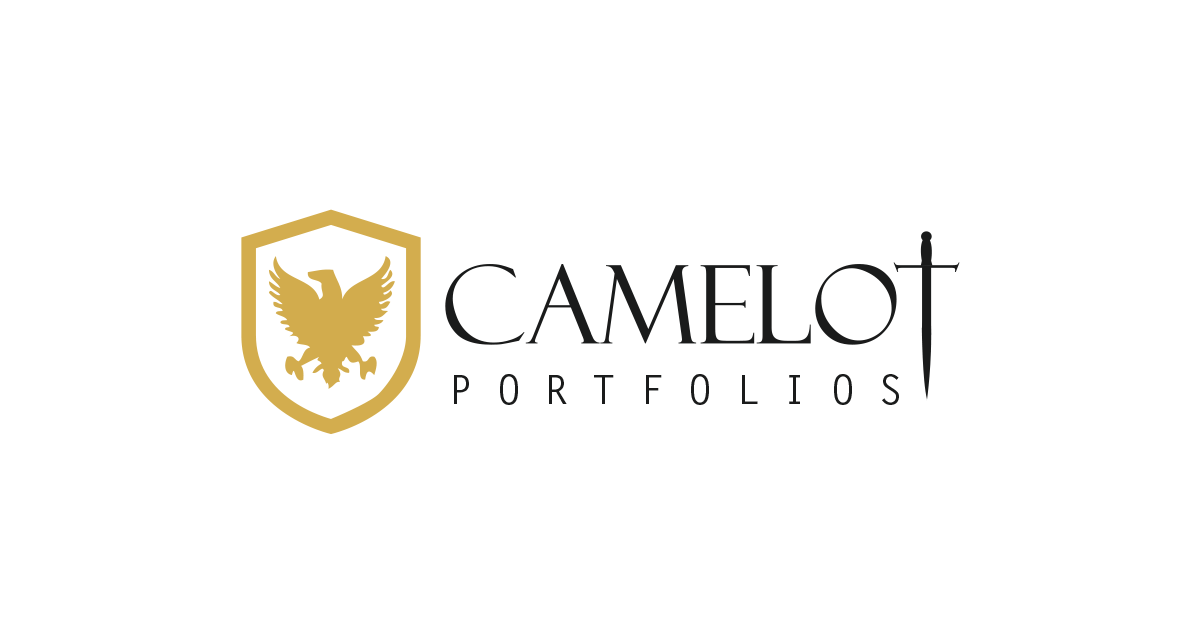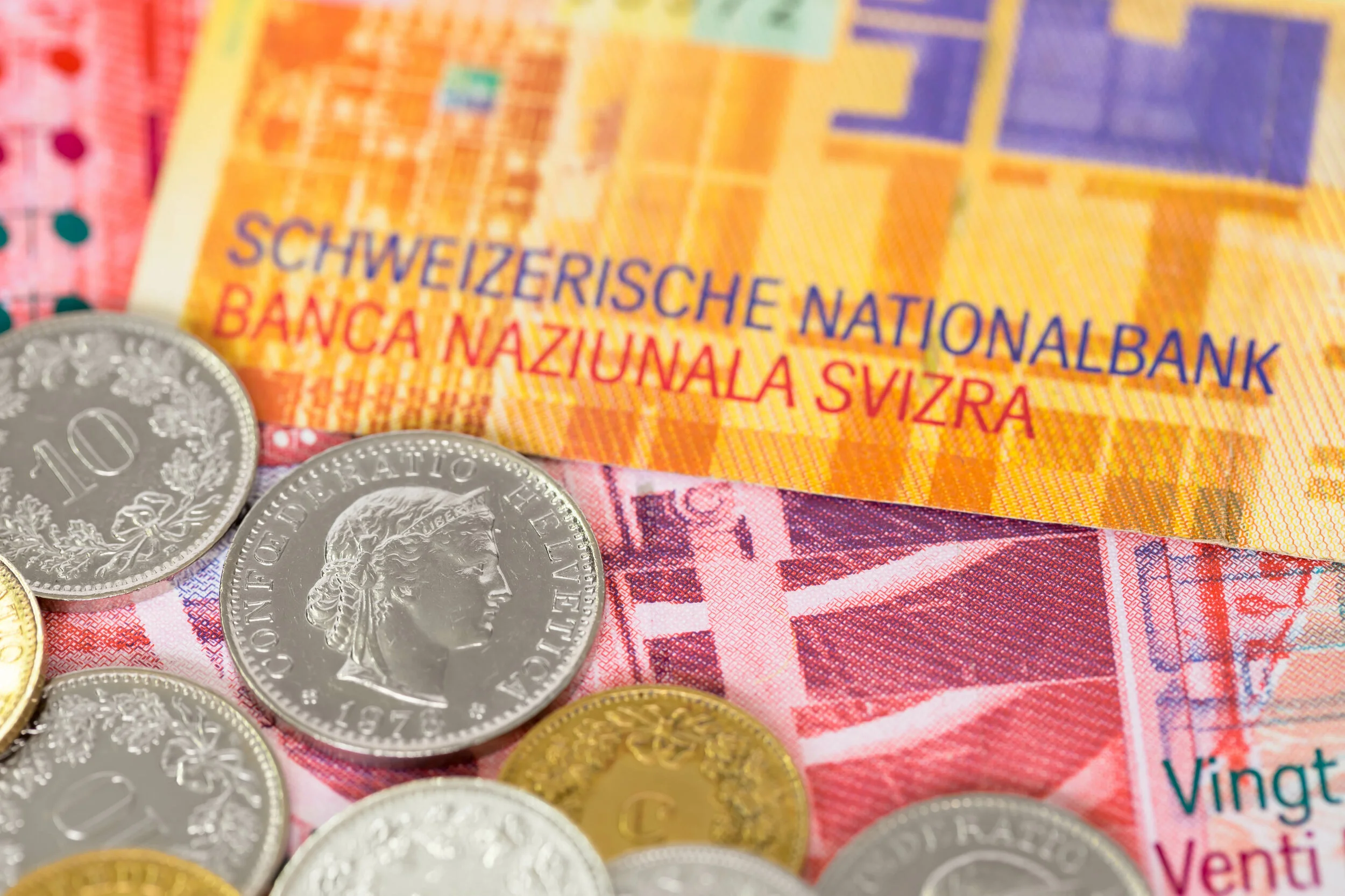Currency Wars Continue in the Shadows
by Thomas Kirchner, CFA & Paul Hoffmeister
· Swiss Franc and Chinese Yuan continue to be manipulated by their central banks.
· Investors should avoid China.
· Swiss investments should have the currency hedged.
With everyone focused on the latest virus statistics and the riots, it is easy to overlook the ongoing saga of currency wars fought by the Bank of China (BoC) and the Swiss National Bank (SNB).
The Currency War 10 Years Ago
The term “currency war” had been largely absent from mainstream economic vocabulary since the 1930s until it was reintroduced by Brazil’s then-finance minister Guido Mantega in September 2010 in response to attempts by China, South Korea and Japan to lower the value of their currencies to gain a competitive advantage relative to other countries such as Brazil. At the time, the dollar had fallen nearly 25% against the Brazilian Real, so that further currency actions by other trading partners risked inflicting serious harm to Brazil. While the term “currency wars” captured the imagination of journalists and book authors, not much economic warfare ever erupted.
In today’s economy two central banks are managing the fixed rates of their currencies deliberately lower: the SNB and BoC.
Swiss Franc Front and Center
About two thirds of Switzerland’s economy depend on exports, so it is no surprise that the SNB is far more concerned about its exchange rate movements than the Fed. The last time the SNB made headlines was its surprise ending of intervention on January 15, 2015 which led to a subsequent sharp appreciation of the Franc. The SNB had intervened for more than three years to keep the Franc at a rate above 1.20 to the Euro. Markets had expected a continuation of the weak Franc policy, so that many speculators were caught wrong-footed by the sudden drop. NYSE-listed retail currency broker FXCM had to turn to Leucadia National to be bailed out with an emergency loan{i}.
The 2015 suspension of intervention caused the Franc to appreciate to 0.97, but in 2018, it fell back to 1.20 prior to recently appreciating again, despite heavy SNB intervention, to its current level near 1.06 (Figure 1). (A low rate represents a strong Franc and a weak Euro.)
Figure 1; Swiss Franc / Euro Exchange Rate. Source: Bloomberg.
One particularity of the SNB’s currency management is that it invests a portion of its foreign currency reserves that it accumulated during its interventions into stocks, whereas most other central banks hold their foreign currency reserves in bonds or short-term paper.
At the end of 2019 the SNB’s foreign currency reserves amounted to 770 billion Francs. Not too shabby for a country with 8 million citizens. On these reserves, the SNB generated profits of 49 billion Francs last year, of which 4 billion were handed over to Switzerland’s Treasury. During the market turmoil in March, however, investment losses were 38 billion Francs.
While existing investments crashed during the recent global market meltdown, demand for the Swiss Franc as a safe-haven intensified, causing the SNB to reinitiate its interventions to keep the Franc from appreciating.
Interest rate cuts are politically controversial – the SNB’s benchmark rate was negative 0.75% before the crisis. Apparently, in the eyes of many, this leaves currency intervention as the only option. Clearly, the SNB chose intervention. The substantial inflows in the Franc may have had a collateral benefit: the Swiss stock market is down only 4.42% year-to-date, outperforming the S&P 500 by 0.26% [iii].
The SNB’s intervention has not gone completely unnoticed. In January, the U.S. Treasury added Switzerland to the Monitoring List of potential currency manipulators along with China and eight other countries[ii].
China
China’s intervention in currency markets has the same goal as Switzerland’s: keep the currency low in order to export. Like Switzerland it has amassed significant foreign currency reserves as a result, which are, however, invested in the traditional manner in bonds. After all, it was the infamous call to then-Treasury Secretary Hank Paulson in which the Chinese threatened to stop purchasing securities of Fannie Mae and Freddie Mac that led to the takeover of these two Government-Sponsored Enterprises by the U.S. government.
The crucial difference between China’s and Switzerland’s currency regimes lies in the severe restrictions that the Chinese government imposes on its citizens’ ownership of foreign currencies. Chinese who earn foreign currency are required to hand much of it over to their government at the exchange rate that the same government deems appropriate, which also restricts the amount of foreign assets that Chinese citizens can hold legally. The Swiss have no such constraints and can hold unlimited amounts of currency or foreign assets.
These severe restrictions have enabled the BoC to keep the Yuan more stable than the Franc: over the last ten years it has fluctuated between a low of 6.0409 and a high of 7.1372, its rate last Friday (Figure 2). In contrast, the Swiss Franc has a spread of 45% between the lowest and highest rate over the same period. (In the same manner as for the Swiss Franc/Euro pair, a higher exchange rate signifies a devaluation of the Yuan).
Figure 2: Chinese Yuan / U.S. Dollar Exchange Rate. Source: Bloomberg.
Similar to the SNB, facilitating exports is the main motivator behind the BoC’s currency management. This is clearly visible in the devaluation of the Yuan in 2018 as U.S. tariffs were imposed: the initial 10% tariff rate led to a depreciation of the Yuan from the 6.30 area to 6.90, while the threat of additional 25% tariffs has caused the BoC to continue letting the Yuan depreciate.
Investment Implications
With the U.S. Presidential election season approaching and Hong Kong having turned into the new geopolitical hotspot, investors should be cautious about the potential for political rhetoric erupting about exchange rates. Clearly, labelling China a currency manipulator would have a dual effect of scoring political points inside the United States while also causing economic harm to investments in China, which would be hit by increased incentives to move supply chains out of China
Switzerland’s interventions are less exposed politically, and it is hard to see why it would suffer more than rhetorically. The country has managed to get through the epidemic much more smoothly than most other countries. Swift action in the initial phases coupled with an excellent healthcare system has kept the number of deaths low and has allowed a gradual reopening to start much earlier than the rest of the world. We believe that the Swiss market will outperform due to fundamentals as well as due to the weakening currency. However, any investment in Switzerland should be flanked with currency hedges because further weakness in the Franc is likely.
We would also like to point out an important investment implication of the China tariffs coupled with the devaluation: many commentators have warned of the potential impact that U.S. tariffs could have on the cost of consumer products in the U.S. While many retailers initially warned about a tariff impact, such complaints faded as 2019 progressed because the cost push of the tariffs was offset in part by a depreciation of the Yuan. We expect that China’s devaluation playbook will be repeated should trade tensions escalate again in the next few months over Hong Kong or due to the presidential election campaign.
Thomas Kirchner, CFA, has been responsible for the day-to-day management of the Camelot Event Driven Fund since its 2003 inception. Prior to joining Camelot he was previously was the founder of Pennsylvania Avenue Advisers LLC and the portfolio manager of the Pennsylvania Avenue Event-Driven Fund. He is the author of 'Merger Arbitrage: How To Profit From Global Event Driven Arbitrage.' (Wiley Finance, 2nd ed 2016) and has earned the right to use the CFA designation.
Paul Hoffmeister is chief economist and portfolio manager at Camelot Portfolios, managing partner of Camelot Event-Driven Advisors, and co-portfolio manager of Camelot Event-Driven Fund (tickers: EVDIX, EVDAX). Mr. Hoffmeister is a graduate of Georgetown University with a BS in Accounting and Finance, and MBA from Northwestern’s Kellogg School of Management.
[i] Anirban Nag, Steve Slater: “Swiss franc shock shuts some FX brokers; regulators move in.” Reuters, January 16, 2015.
[ii] “January 2020 Report to Congress on Macroeconomic and Foreign Exchange Policies of Major Trading Partners of the United States.” Department of the Treasury, January 2020. The other eight countries are Germany, Ireland, Italy, Japan, Korea, Malaysia, Singapore, and Vietnam
[iii] Total return of the Swiss Market Index and S&P 500 year-to-date through 5/29/20.
Disclosures:
• Past performance may not be indicative of future results. Therefore, no current or prospective client should assume that the future performance of any specific investment, investment strategy (including the investments and/or investment strategies recommended by the adviser), will be profitable or equal to past performance levels.
• This material is intended to be educational in nature, and not as a recommendation of any particular strategy, approach, product or concept for any particular advisor or client. These materials are not intended as any form of substitute for individualized investment advice. The discussion is general in nature, and therefore not intended to recommend or endorse any asset class, security, or technical aspect of any security for the purpose of allowing a reader to use the approach on their own. Before participating in any investment program or making any investment, clients as well as all other readers are encouraged to consult with their own professional advisers, including investment advisers and tax advisors. Camelot Event Driven Advisors can assist in determining a suitable investment approach for a given individual, which may or may not closely resemble the strategies outlined herein.
• Any charts, graphs, or visual aids presented herein are intended to demonstrate concepts more fully discussed in the text of this brochure, and which cannot be fully explained without the assistance of a professional from Camelot Event Driven Advisors. Readers should not in any way interpret these visual aids as a device with which to ascertain investment decisions or an investment approach. Only your professional adviser should interpret this information.
Originally published on http://www.camelotportfolios.com/commentaries B04





